Denis Grahovac
Software stack under and over the hood of the fastest accelerating car in the world
#1about 4 minutes
Rimac's journey from garage to hypercar manufacturer
The company evolved from a garage project into a dual-business model that produces its own hypercars while also being a technology supplier to other OEMs.
#2about 3 minutes
Introducing the Rimac Nevera and its performance
The Nevera is an all-electric hypercar developed from scratch, boasting record-breaking acceleration and a large battery pack for significant range.
#3about 4 minutes
Overview of the in-vehicle and off-vehicle software stack
The car's software is divided into in-vehicle systems like ECUs and infotainment, and off-vehicle systems for connectivity, telemetry, and mobile applications.
#4about 2 minutes
Developing in-house domain controllers and ECUs
The vehicle's domain controllers are developed in-house using C and MATLAB, adhering to automotive standards like MISRA and ISO 26262 for functional safety.
#5about 3 minutes
The ADAS driver coach for racetrack performance
Instead of conventional autonomous driving, the ADAS functions as a "Driver Coach" on preloaded or mapped racetracks to help drivers improve their lap times.
#6about 6 minutes
How torque vectoring replaces traditional stability systems
A sophisticated torque vectoring system replaces conventional ABS and ESP to dynamically control the car's handling based on various inputs and selected drive modes.
#7about 8 minutes
Building the in-vehicle infotainment system experience
The infotainment system runs on Yocto Linux with a Qt-based UI and uses a separate safety microcontroller to ensure critical information is always displayed correctly.
#8about 3 minutes
The connectivity platform for telemetry and remote commands
A cloud-based connectivity platform uses MQTT and AWS to handle bi-directional communication for vehicle telemetry data and remote commands from client applications.
#9about 3 minutes
The OEM dashboard for real-time engineering analysis
The OEM dashboard is a web-based engineering tool built with React that allows for live monitoring and historical analysis of vehicle data from the entire fleet.
#10about 2 minutes
Customer-facing mobile apps for vehicle data and control
Native mobile applications for iOS and Android provide customers with access to detailed vehicle data, driving analytics, and remote control functionalities.
#11about 2 minutes
Managing over-the-air software updates for the fleet
A dedicated system called CVMS orchestrates over-the-air (OTA) updates, allowing for the deployment and management of software packages to the entire vehicle fleet.
#12about 3 minutes
Custom diagnostic tools for production and service
Custom .NET-based diagnostic tools are used for flashing software on the production line (ALEX) and for diagnostics and updates in after-sales service centers (RED).
#13about 3 minutes
The future of connected and software-defined vehicles
The complexity of the Nevera highlights the automotive industry's shift towards software-defined, connected vehicles where user experience is paramount.
#14about 12 minutes
Q&A on security, OTA updates, and testing processes
The discussion covers the multi-layered testing process from mock environments to lab cars, the threat modeling approach to cybersecurity, and the logistics of OTA updates.
Related jobs
Jobs that call for the skills explored in this talk.
Matching moments

00:15 MIN
The origin and evolution of Rimac Automobili
Fleet Management - Reinvented
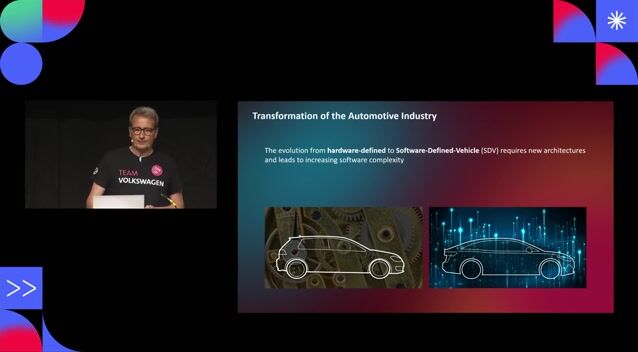
00:43 MIN
The automotive industry's shift to software-defined vehicles
Cybersecurity for Software Defined Vehicles

00:42 MIN
The vision for modern automotive software development
For the Cars and the Curious: Android Drift

05:43 MIN
An overview of the automotive system architecture
For the Cars and the Curious: Android Drift
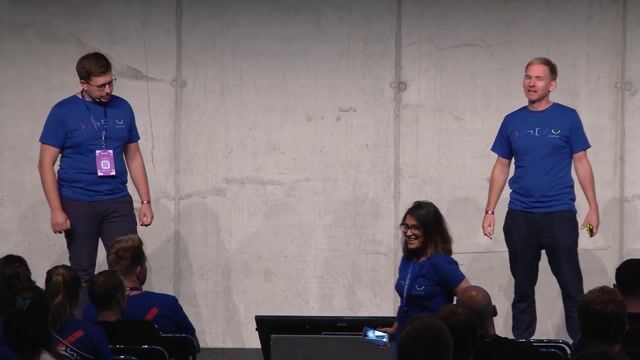
00:09 MIN
The paradigm shift to software-defined vehicles
An inside look into the Group Application Store
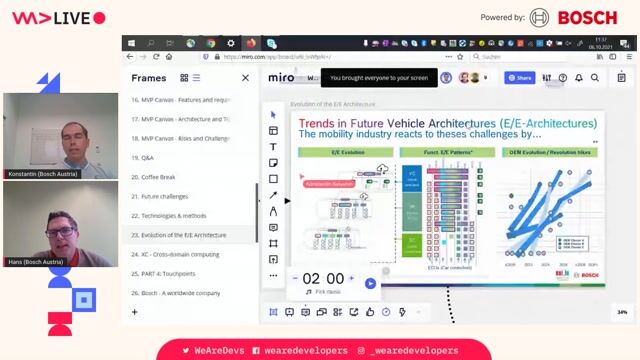
1:34:36 MIN
The evolution of vehicle electronic and electrical architecture
On developing smartphones on wheels
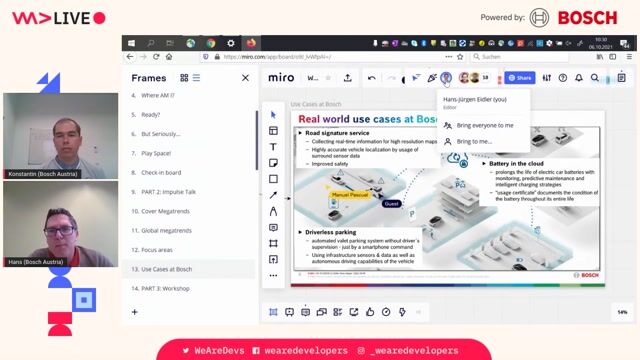
27:16 MIN
Exploring real-world automotive use cases from Bosch
On developing smartphones on wheels

1:38:16 MIN
A look inside the Bosch software team in Vienna
On developing smartphones on wheels
Featured Partners
Related Videos
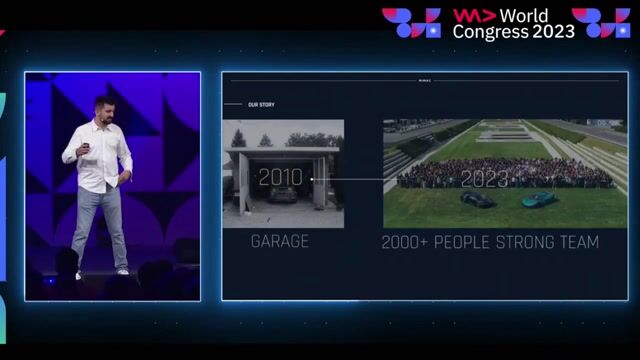 31:37
31:37Building a hypercar from scratch
David Romić
 16:54
16:54Fleet Management - Reinvented
Tonci Zilic
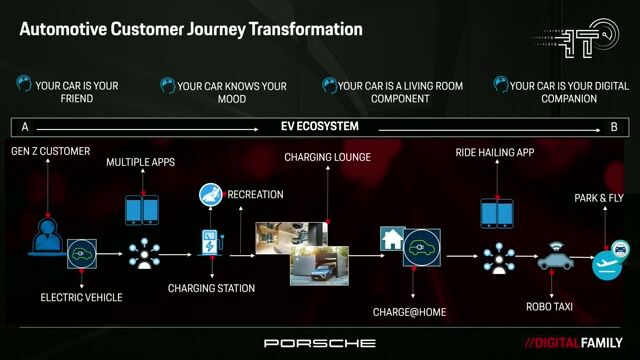 21:47
21:47Car's are Technology on Wheels - Impact of Software and IT Competence in Automotive
Rahima Yakoob
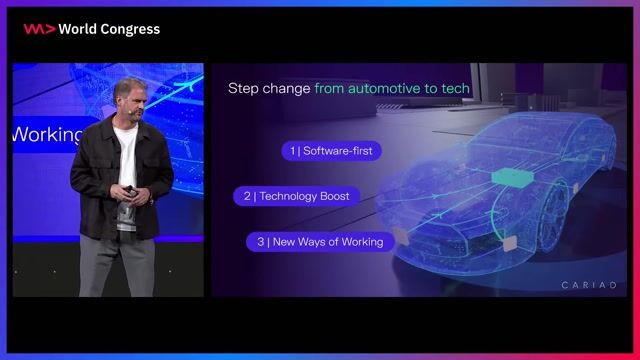 27:17
27:17Software defines the vehicle: Why customers and developers will love cars even more
Peter Bosch
 1:51:43
1:51:43On developing smartphones on wheels
Hans-Jürgen Eidler
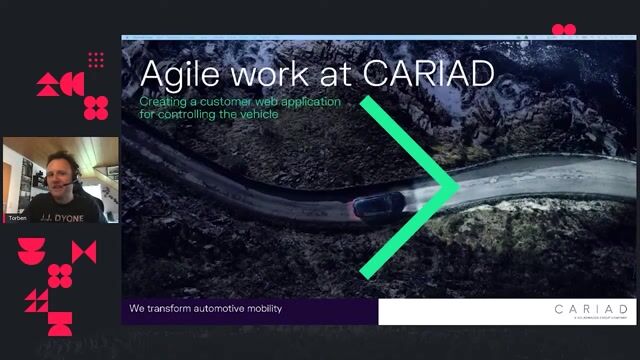 42:03
42:03Agile work at CARIAD – Creating a customer web application for controlling the vehicle
Torben Schramme
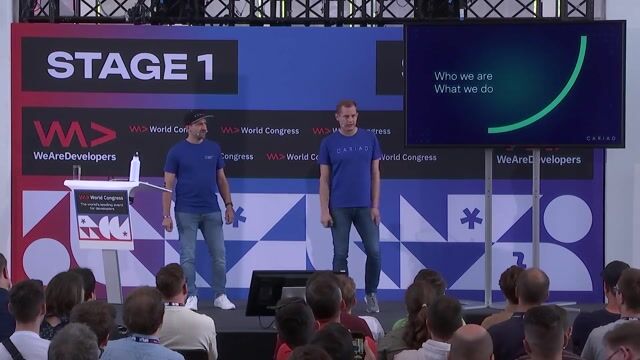 30:13
30:13Code to Road in < 12 hours
Sebastian Roßner & Lukas Sucher
 18:05
18:05Software is the New Fuel, AI the New Horsepower - Pioneering New Paths at Mercedes-Benz
Katrin Lehmann & Magnus Östberg
From learning to earning
Jobs that call for the skills explored in this talk.

Softwarearchitekt Connectivity/Infotainment Embedded Systems
Prognum Automotive GmbH
Remote
Software Architecture

Embedded Softwareentwickler (m/w/d)
Arnold NextG GmbH
München, Germany
Intermediate
Embedded C
Functional safety






